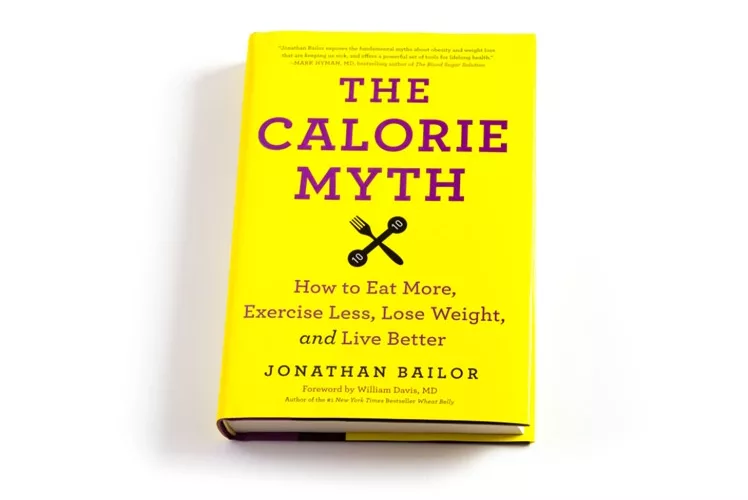How does nutrition work?
When I started exercising regularly, I wondered what should I eat? Should I change my diet? Exercise was making me feel better, but I wanted to know how what I ate impacted my body weight and body fat.
Reading up, I learned that diet has a larger impact on body composition than exercise. Further, there is a misconception that food = calories, and that to be more in shape you need to either reduce calorie intake or burn more calories with exercise. This is the calorie in, calorie out model.
It turns out that it’s a lot more complicated than this, but the good news is that it’s relatively easy to make a dramatic improvement in diet without eating substantially less. The downer: it means a lot of life’s guilty pleasures have to go.
I’m still on novice on nutrition, but I found out that many people have almost no knowledge of this topic and have been curious to start learning about it in simple and practical terms.
Basics about nutrition
Here are the basics about nutrition that I learned about:
- First, you need a set level of calories to fuel your body. Calories are sourced by digesting what you eat, and different sources of food provide different amounts of calories. Further, calories are ‘released’ in the body at different speeds, providing an instant boost (and potentially creating addictive cycles of rush and crash) or more of a gradual push.
- There are 3 big types of food, the ‘macros’’: proteins (contained in meat or plant-based sources), carbs (contained in pasta, rice, but also grains), and fat (the vegetable type like in avocado, the animal type like in butter). Most foods contain all 3 macros but in very different proportions. Your body needs all 3 to function properly.
- Then there are ‘micros’: these are the vitamins, minerals and other essential compounds that your body needs in small quantities to stay healthy and to help your hormonal system work well.
I’m sharing my tricks on achieving fitness through diet almost immediately (“Level 1”). I’ve added a few more things you can do to get even greater results (“Level 2”), but these will take a bit more effort. Disclaimer: please do your own research and take your health into account.
Hack #1: Eliminate all refined (artificial) sugar
Level 1: Stop sweetened drinks, make sure your food has no sugar added. Many supermarket foods, restaurant meals, take-aways and recipes include sugar, so start a practice of checking ingredients or asking.
Level 2: Cut down alcohol (ideally to zero), because alcohol is a kind of sugar and metabolises into fat.
Hack #2: replace all refined carbs by ‘slow carbs’
This is because ‘fast carbs’ create a ‘sugar rush’ which can be addictive and also your body tends to metabolise this excess energy into fat.
Level 1: Stop pasta, white rice, potatoe fries, white bread, biscuits. Replace these with black or brown rice, everything as whole grain, quinoa, etc.
Level 2: Start cutting back on these carbs as much as you feel comfortable (or you can experiment with a keto-diet: keto is stopping all carbs and instead getting your energy from protein and fat – this is a fast-track for weight loss for many people), replacing with more protein and vegetables.
Hack #3: increase meals regularity and frequency
This is to maintain stable blood sugar levels (insulin), so your body doesn’t go through big fluctuations in hunger levels. This helps reduce cravings and triggering fat accumulation.
Level 1: Eat your 3 meals a day at the same time each day, sticking to a stable routine.
Level 2: Spread your food intake into 4 or 5 meals (you can split your lunch and dinner into an early meal and a mid morning/afternoon snack).
Hack #4: set a weight and body fat goal
Do this ideally with a reward or celebration planned at the end), track progress and make this tracker visible (whiteboard or displayed prominently on your smartphone/laptop)
Level 1: Measure and record your weight (daily or weekly). Keep in mind that weight fluctuates a lot throughout the day, so best to measure your weight at the same moment of your daily routine (for example upon waking up before eating).
Level 2: Track your body fat (weekly), use an inexpensive calliper (as pictured) and learn how to measure fat. Simplest is the 3 or 4 point method, I recommend this site with instructions on how to make the measurement.
My journey continues
This is how I started on my fitness journey. I’m still experimenting with different foods and different ways to spread my intake. I’m still struggling with what to eat for breakfast, I always end up hungry mid morning.
Learn more: The Calorie Myth, How to Eat More, Exercise Less and Live Better, by Jonathan Bailor




0 Comments